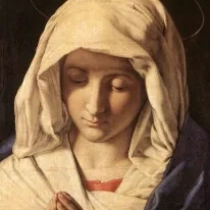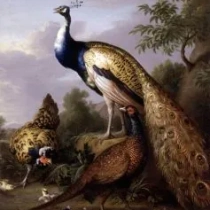The Angelus, 1857-59
The Angelus, created by Jean-François Millet between 1857 and 1859, is a masterpiece that captures the essence of French Realism. The painting portrays a peasant man and woman standing in a field, bowing their heads in prayer as the church bell tolls in the distance. Millet's meticulous attention to detail and his ability to convey emotion through the subtle body language of the figures make this artwork truly captivating.
Millet's portrayal of the rural couple engaged in a moment of reverence and quiet reflection amidst their labor speaks to the spiritual connection between humanity and the land. The somber yet serene atmosphere evokes a sense of timelessness and invites the viewer to contemplate the significance of daily rituals and the human experience.
The Angelus is not simply a depiction of a mundane scene; it embodies the artist's deep empathy for the working class and his belief in the dignity of labor. Millet's choice of subject matter and his empathetic approach revolutionized the representation of peasant life in art, sparking important discussions about social class and the human condition.
This iconic artwork continues to provoke introspection and admiration, serving as a poignant reminder of the power of simple moments and the profound beauty found in everyday life.







No Comments Yet...